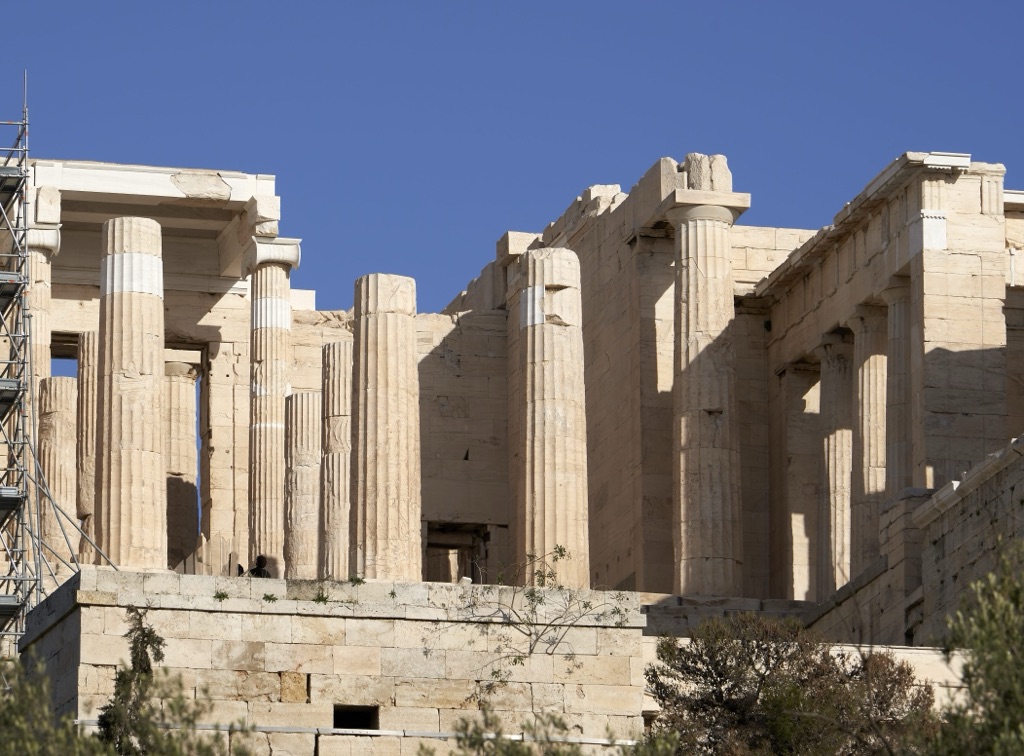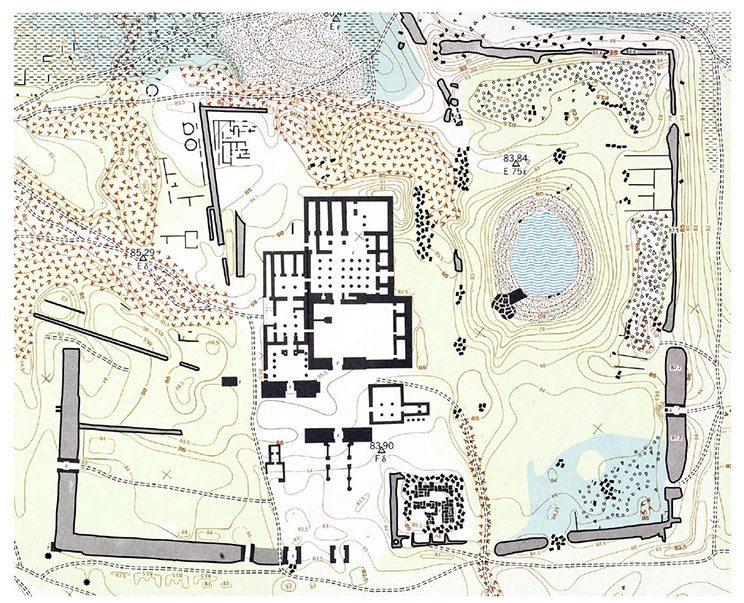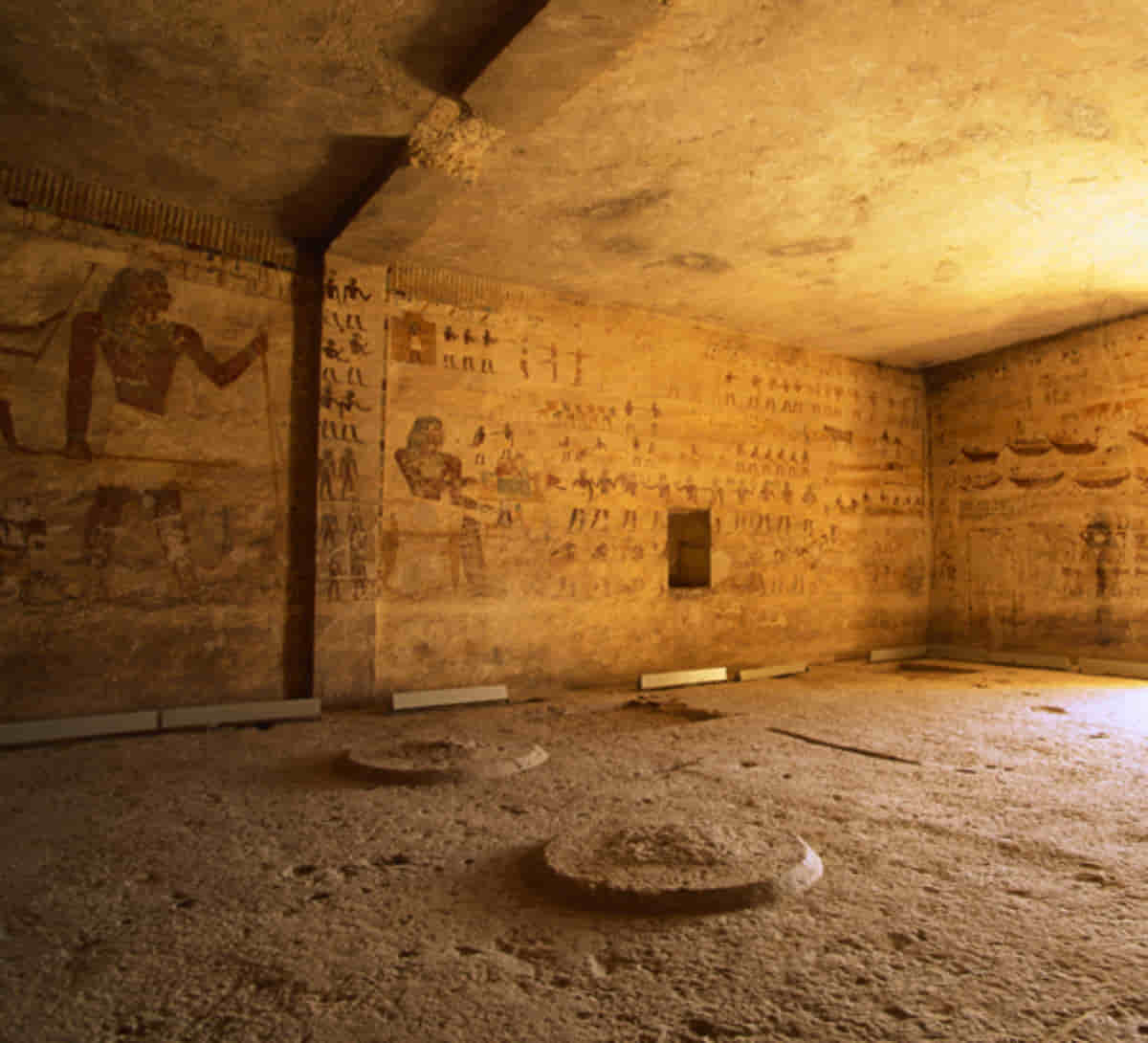The Beni Hasan Tombs are a collection of ancient Egyptian burial sites located near the modern village of Beni Hasan in Middle Egypt. These tombs, dating back to the Middle Kingdom period (2055-1650 BC), are renowned for their well-preserved wall paintings and inscriptions that provide a wealth of information about ancient Egyptian society, religion, and burial practices. The tombs are cut into the high limestone cliffs on the eastern bank of the Nile and were used as the final resting place for the provincial governors, their families, and other high-ranking officials of the Oryx nome, a region of ancient Egypt.

Meir tombs
The Meir tombs are a collection of ancient Egyptian tombs located near the Upper Egyptian town of Meir. The tombs date back to the Old Kingdom and First Intermediate Period, and are known for their beautifully preserved wall paintings. These paintings depict scenes of daily life, offering a unique glimpse into the culture and society of ancient Egypt. The tombs were built for the local nomarchs and their families, and are considered some of the most important archaeological sites in Egypt.

Propylaea, Acropolis
The Propylaea is a monumental gateway that serves as the entrance to the Acropolis in Athens, Greece. Constructed in the 5th century BC, during the age of Pericles, it is a masterpiece of classical architecture. The structure was designed by the architect Mnesicles and its construction was overseen by the sculptor Phidias. The Propylaea was built with white Pentelic marble and gray Eleusinian marble, showcasing the grandeur and the aesthetic values of the Athenian democracy.

Samothrace Temple Complex
The Samothrace Temple Complex, also known as the Sanctuary of the Great Gods, is an ancient Greek religious site located on the island of Samothrace. Established in the 7th century BC, the complex was a significant center of worship for the mystery cult of the Great Gods, a pantheon of deities distinct from the classical Greek gods. The site is most famous for the statue of the Winged Victory of Samothrace, one of the greatest masterpieces of Hellenistic sculpture. The temple complex is characterized by its unique architectural features and the intriguing rituals that took place there.

Bandiagara Escarpment
The Bandiagara Escarpment is a geological formation in Mali, West Africa. It is a sandstone cliff that spans approximately 150 miles and reaches heights of over 500 meters. The escarpment is renowned for its archaeological, ethnological, and historical significance. It is home to the Dogon people, who have inhabited the area for centuries and have left a rich cultural and architectural legacy. The Bandiagara Escarpment was designated a UNESCO World Heritage site in 1989 due to its cultural and natural importance. The Bandiagara Escarpment is not just a natural wonder, but also a repository of cultural and historical significance. It has been inhabited since the Paleolithic era, with the Tellem and Dogon people leaving their mark on the region.

El Kab
El Kab, also known as Nekheb, is an ancient city located on the east bank of the Nile in Upper Egypt. This site holds a rich history that dates back to the Predynastic Period of Ancient Egypt, making it one of the oldest inhabited cities in Egypt. The city was a significant religious and political center, housing several temples, tombs, and fortresses. Its ruins offer valuable insights into the various civilizations that have inhabited it over the centuries.

